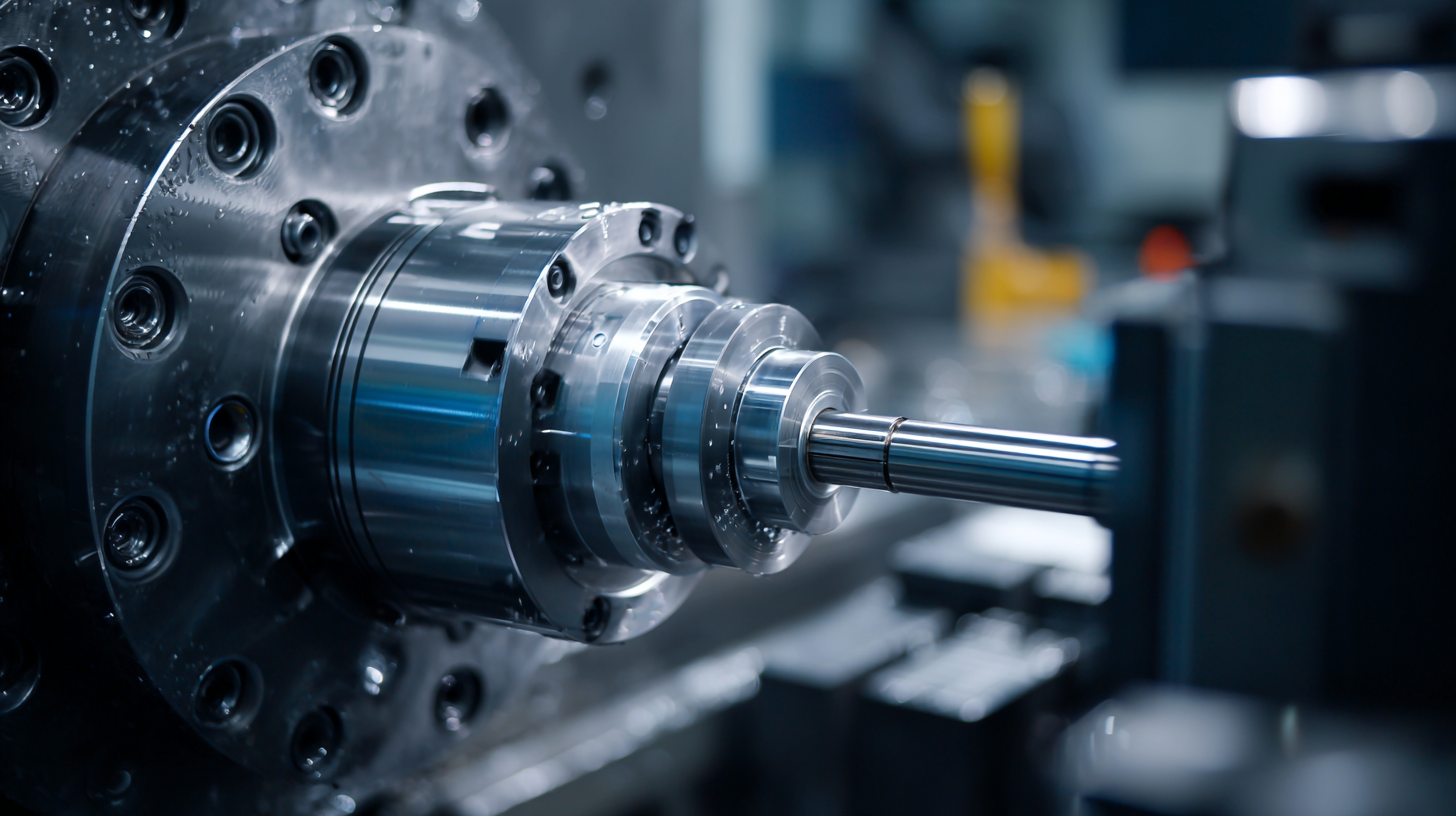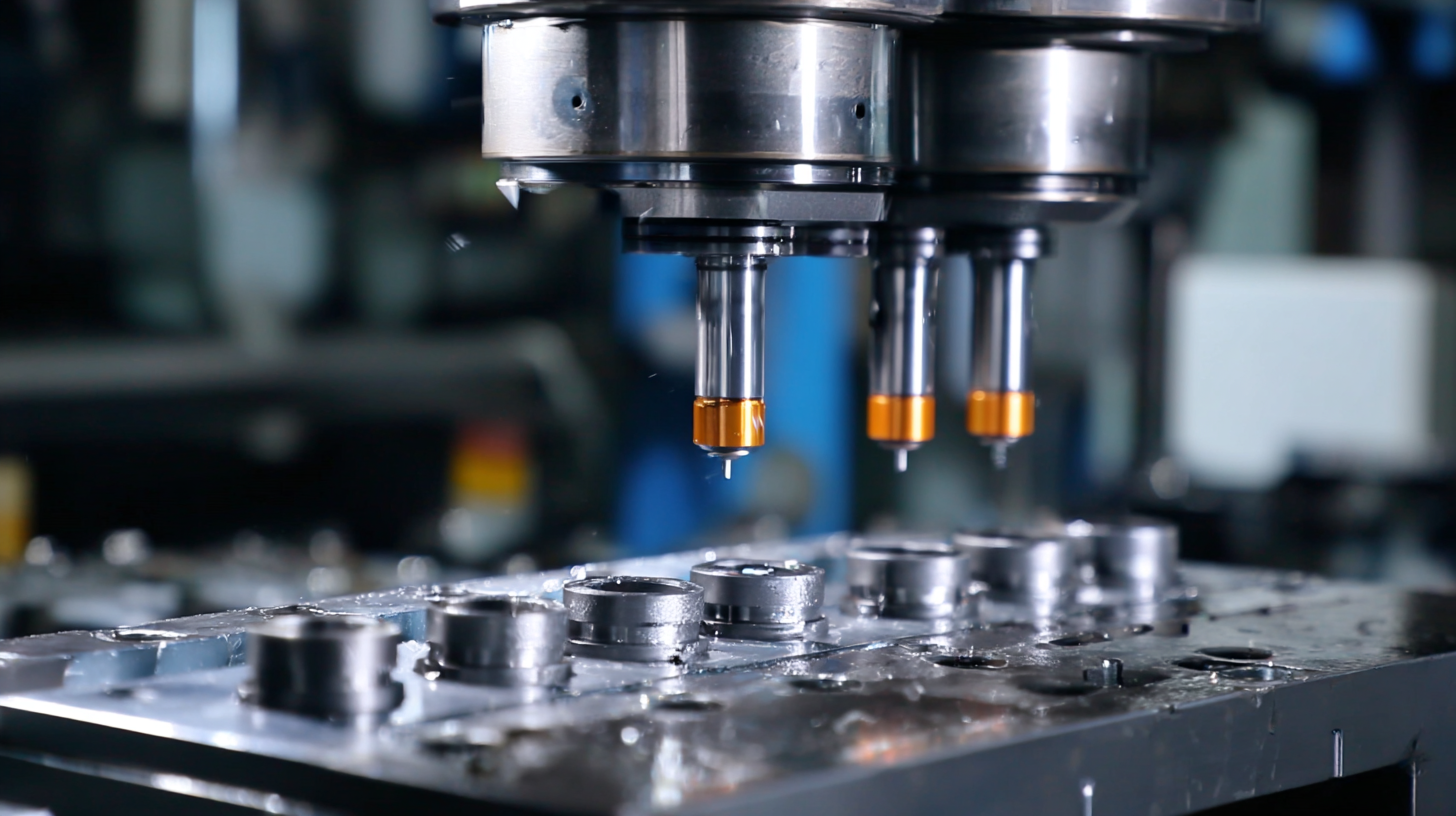
The injection moulding process stands as a cornerstone of modern manufacturing, extensively employed to produce a wide array of plastic components across various industries. According to a recent market report by MarketsandMarkets, the global injection moulding market is projected to reach USD 350.3 billion by 2025, with a compound annual growth rate (CAGR) of 5.9% from 2020 to 2025. This robust growth is attributed to the technique's inherent advantages, including efficiency, precision, and the ability to produce complex geometries with minimal material waste. Furthermore, the increasing demand for lightweight and high-performance materials in automotive and consumer goods sectors drives innovation in injection moulding methodologies. Understanding the various injection moulding techniques and their respective certifications can provide manufacturers with a competitive edge in optimizing production capabilities while adhering to industry standards.

Injection moulding has become a cornerstone of modern manufacturing, offering significant advantages in enhancing efficiency and quality. According to a report by the Plastics Industry Association, the injection moulding process increases production speed by up to 30% compared to traditional methods, making it a preferred choice for mass production of polymer components. This technique not only reduces cycle times but also allows for the creation of complex shapes with high precision, resulting in products that meet stringent quality standards.
Moreover, the technological advancements in injection moulding, such as the integration of automation and real-time monitoring systems, have further elevated production capabilities. A study by Grand View Research indicates that the global injection moulding market is expected to reach USD 400 billion by 2025, illustrating the industry's reliance on this process to meet growing consumer demand while maintaining quality. Enhanced material properties, such as better dimensional stability and reduced waste, further underscore the effectiveness of injection moulding in modern production lines, ensuring that manufacturers can achieve optimal efficiency without compromising on quality.

When comparing conventional and advanced injection moulding techniques, several factors come into play that significantly influence production outcomes.
Conventional methods, such as reciprocating screw and transfer moulding, have long been staples in the industry. They offer reliability and cost-effectiveness, making them suitable for mass production of simple geometries. However, they often struggle with complex designs, leading to longer cycle times and increased material waste due to inefficiencies.
In contrast, advanced injection moulding techniques like gas-assisted injection moulding and micro-injection moulding are gaining traction due to their ability to handle intricacies that traditional methods cannot. Gas-assisted moulding allows for the production of lightweight parts with thinner walls, reducing material usage and improving cycle times. Meanwhile, micro-injection moulding is essential for producing small and precise components, often needed in electronics and medical devices. These advanced methods demonstrate a shift towards innovation, offering enhanced design flexibility, lower production costs in the long run, and a smaller environmental footprint. As manufacturers continue to seek efficiency and sustainability, the adoption of these advanced techniques is set to revolutionize the injection moulding landscape.
Injection moulding is widely recognized for its cost-effectiveness, making it a preferred choice in various manufacturing processes. One of the key advantages of this technique is its ability to produce high volumes of parts with minimal waste. By precisely controlling the material injection and solidification processes, manufacturers can achieve optimal yield rates, thereby maximizing their return on investment (ROI). This efficiency is particularly beneficial in large-scale productions where even slight reductions in material costs can lead to substantial savings.
Moreover, advancements in technology have further enhanced the cost-effectiveness of injection moulding. The development of sophisticated mould designs and automation in production lines has reduced labor costs and cycle times, allowing for faster turnaround without compromising quality. This streamlining of processes not only lowers operational costs but also increases overall productivity. By leveraging these advancements, manufacturers can remain competitive in an ever-evolving market while ensuring that they deliver high-quality products that meet consumer demands.
The choice of materials in injection moulding plays a crucial role in determining both the production versatility and overall performance of manufactured components. When selecting a material, factors such as thermal stability, mechanical strength, and compatibility with the intended application must be carefully considered. For instance, materials like thermoplastics are highly adaptable and can be easily molded into various complex shapes, which makes them suitable for diverse industries, from automotive to consumer products.
Moreover, the impact of material selection extends beyond just the initial production capabilities. It influences the durability and functionality of the final product. High-performance polymers can offer enhanced resistance to chemicals and temperature fluctuations, contributing to longer product life cycles. By investing in the right materials, manufacturers can ensure that their products meet stringent regulatory standards while also achieving cost-effective production. This strategic approach not only enhances the performance of the end products but also optimizes the overall manufacturing process, resulting in a competitive edge in the market.

In today's manufacturing landscape, the drive towards sustainability is more critical than ever. The injection moulding industry is responding with innovative techniques that significantly reduce waste and energy consumption. One of the leading advancements is the development of closed-loop systems, which recycle scrap plastic back into the production process. This not only minimizes the environmental impact but also lowers material costs, making production more efficient.
Additionally, advancements in machinery and processes have led to the creation of energy-efficient injection moulding machines. These machines use less energy during production cycles while maintaining high output quality. Techniques such as multi-injection and gas-assisted moulding further optimize the use of materials, ensuring that less is wasted while still producing high-quality parts. The combination of these innovations contributes to a more sustainable manufacturing approach, aligning with a global commitment to reduce carbon footprints and promote environmental responsibility.
Copyright © 2025 The Toolroom Inc. All Rights Reserved.
Website Design St Louis by IQComputing